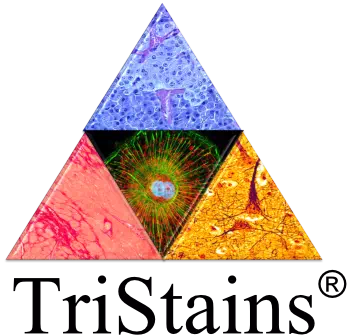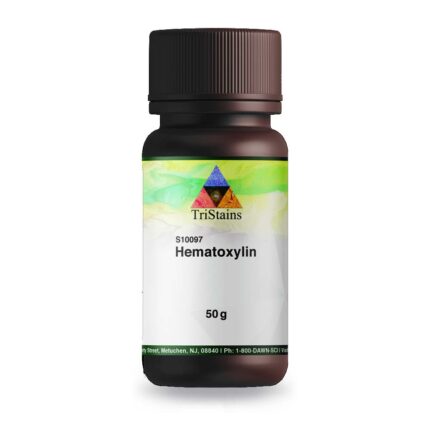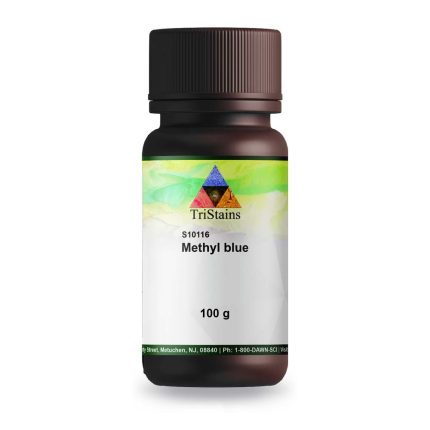Buy High Quality Phloxine B Certified (18472-87-2) MF: C20H2Br4Cl4O5•2Na | MW: 829.63. from Tristains.
Phloxine B Certified is a synthetic red dye from the xanthene class, known for its vibrant red hue and chemical stability. Its molecular formula is C20H2Br4Cl4Na2O5. This water-soluble, fluorescent dye is also referred to as 2′,4′,5′,7′-Tetrabromo-4,5,6,7-tetrachlorofluorescein disodium salt, Acid Red 92, Cyanosine, D&C;Red No. 28, Eosin 10B. It has been certified by the Biological Stain Commission and is commonly utilized as a colorimetric indicator in various analytical applications.
“TriStains”, Histological Stains/Biological Stains that offer range of stains used in Histology, Cytology, Microbiology and Hematology laboratories. TriStains meet the highest quality standards and give excellent color performance of desired components of cells and tissue in life science laboratories. TriStains series products are carefully tested to ensure accurate, reliable, and reproducible results. Our products are available in different packaging sizes to allow you to get all types of stains & Indicators for your specific purposes from a single source.
In-addition Tristains also deals in numerous Laboratory Supplies, Chemicals, Equipment, Instruments, Reagents, Standard Solutions, Buffers, Histological Stains/Biological Stains & Indicators and many more, for more information please visit our website www.tristains.com or email to [email protected] we will be happy to help you. All Tristains Products are exclusively distributed by Dawn Scientific Inc (https://dawnscientific.com)
Application :
- Phloxine B Certified is mostly used to determine cell ploidy and temperature sensitivity of Schizosaccharomyces pombe. It has been used as a component of yeast extract peptone dextrose (YEPD) to grow Schizosaccharomyces pombe.
- It is employed in the staining of cell smears and impressions for cytological analysis.
- It is used as a stain for the identification and differentiation of microorganisms, such as bacteria, fungi, and protozoa.
- It is also used for staining keratin and mucin acc. to Kreyberg, and for staining nucleoli.
Benefits :
- Exhibits strong fluorescence and can detect analytes at low concentrations
- Ensuring consistent quality and performance in various analytical procedures
- Versatile and cost-effective













Reviews
There are no reviews yet.